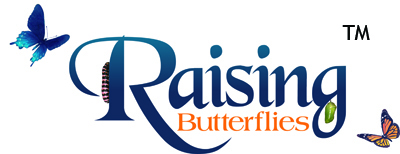Amblyscirtes vialis

Photo Life History: Amblyscirtes vialis
Habitat: Mountain Canyons
Host Plants: Phalaris arundinacea; Bromus inermus;
Suitable Lab Host Plants: Sorghum halepense (Most wide-bladed weedy grasses work fine to feed this larva in the lab.)
Caring for Live Female Butterflies: Nectaring techniques
Methods of Female Oviposition: Portable Cages; Getting eggs out of females has proven to be the most effective way of rearing this skipper.)
How to Find Eggs: Finding eggs on grass blades can be difficult if host grasses are too common.
How to Hatch Eggs: Consolidate eggs into one container
How to Find Caterpillars in the Field: Look for Skipper Nests. (Can be difficult to find in areas where host grasses are abundant.)
Caterpillar setups: Open terrariums; Open Bucket. Click here to watch a video demonstrating how to place a hatchling first instar Poanes caterpillar on wide bladed grasses. When setting up a wide-bladed grass "bouquet" for A. vialis caterpillars, make sure that you only use the top two or three blades. They will stay freshest the longest.
Larva to Pupa: Larva Changes Color (Last instar larva shows some degree of white silk on the caterpillar itself.)
How to Find Pupae in the Field:
Number of Broods per Year: 1
Overwintering Stage: Mature Fifth Instar Larva
Overwintering Strategies: Refrigerator; Your Own Backyard (Make sure larvae are provided some humidity off and on during the cold winter months. Replace facial tissue if it gets moldy.
Post-Hibernation Strategies: Expose mature last instar larvae to long-day photoperiod and high humidity. Mist spray larvae with water every few days.
Avoiding Diapause Techniques: Provide larvae healthy host plant is a great way to avoide hibernation. Larvae in the field hibernate as a mature larva. If you raise them on healthy host, most will aestivate for a while before pupating. Do not overwinter mature last instar larvae until you are convinced that they are diapausing for the winter. Any Amblyscirtes larva that pupates in the lab, will emerge soon thereafter.
Disease Prevention: Change out host plant and remove frass every five to seven days.
Emergence: Emergence Container
Field Notes:

